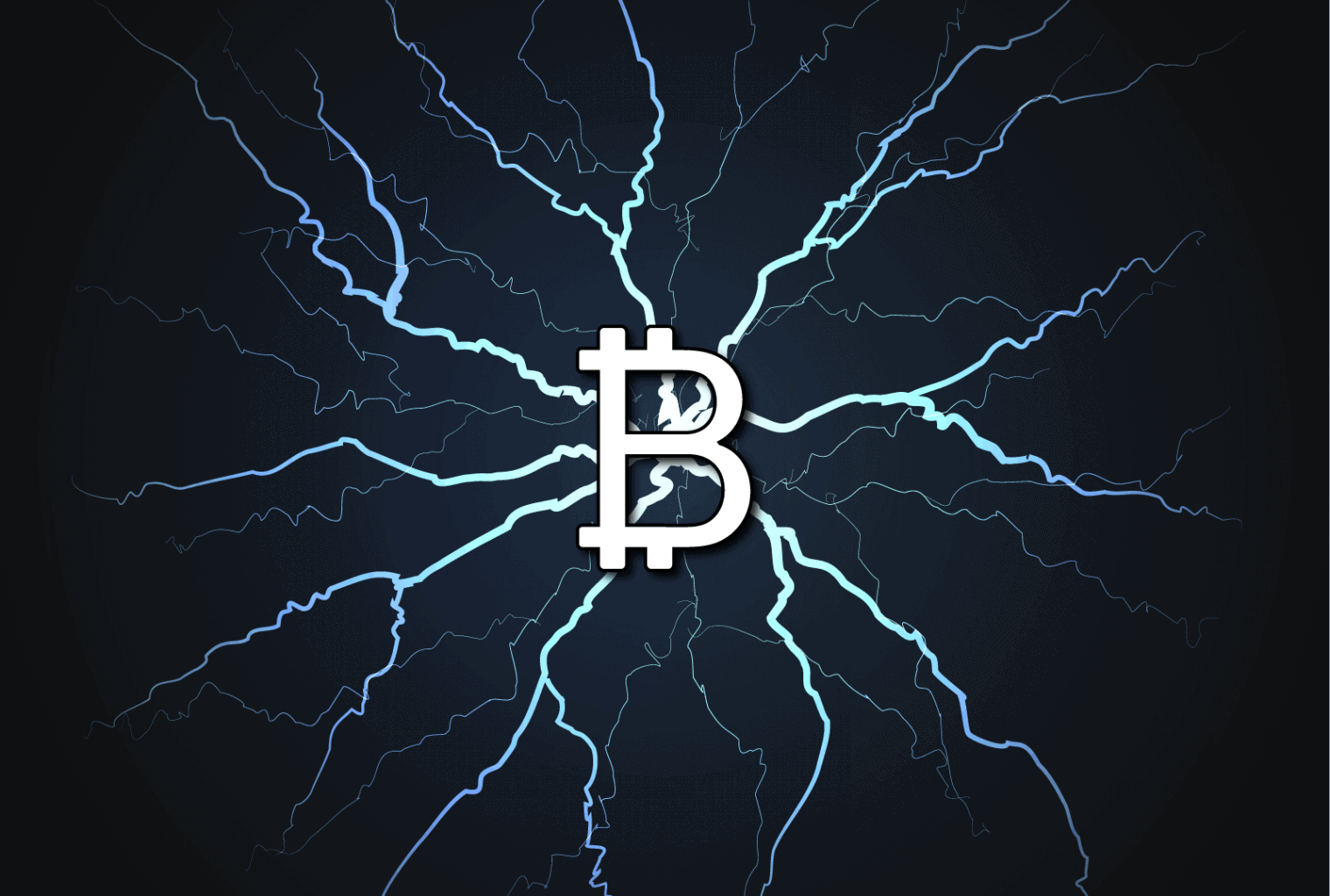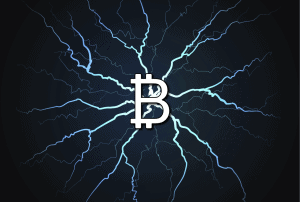Join Our Telegram channel to stay up to date on breaking news coverage
Cryptocurrency networks rely on rewards systems to attract more users. There are many ways through which users can gain rewards, and if a network has higher returns for its users, it will likely have high traffic on it.
Bitcoin’s Lightning Network is one of the leading cryptocurrency’s payment channels. Several Bitcoin users have made use of the Lightning Network over the years, but now, the network’s usage is dropping significantly.
BitcoinVisuals reports that about 23% of payment channels on Lighting Network have closed in the past five months.
The amount of Bitcoin held on the network has also gone down by 22% in the same five months. This is a clear sign that Bitcoin users are moving away from the Lightning Network.
Low rewards affecting network
Node operators on the Lightning Network have reported that they are earning about $20 a month for holding almost $5 million worth of Bitcoin on the network. These poor rewards have resulted in several channels being closed.
As of mid-March this year, the Lightning Network had over 40,000 channels open on it. This was an all-time high for the network, but now they have lost 23% of those channels.
There is also a decline in the number of new channels that are being opened on the Lightning Network as fewer bitcoin traders find the network attractive.
The amount of Bitcoin locked up on Lightning Network has also gone down. The network has seen Bitcoin holdings decline from 1.08 million Bitcoin to 835,000.
It is important to note that although the amount of Bitcoin locked up on the network has dropped, the value of the Bitcoin has doubled.
Bitcoin’s price has doubled since March and those who buy Bitcoin online have reaped benefits from this price rise.
How does Lightning Network work?
Bitcoin’s Lightning Network plays a significant part in the facilitation of micropayments. The network employs a layer 2 scaling system for the processing of micropayments.
The use of such a method allows the network to reduce the fees a user has to pay for them to transact in Bitcoin. Most Bitcoin systems are too expensive to enable the processing of micropayments and Lightning Network provides a solution for this.
Traders who run nodes on the Lightning Network need to lock up large sums of Bitcoin on the network before they can execute their transactions.
The Bitcoin locked up acts as a digital abacus through which payments can be facilitated. If payment is placed through the Lightning Network, the network moves the funds instantly, and the payment will be confirmed on the main chain at a later time.
Micropayments have been a contentious issue for a long time in the Bitcoin community. Developers in the community do not agree on the methods which can be used to facilitate micropayments.
Layer 2 solutions such as Lightning can be used as alternatives to scaling payments directly on the crypto’s main chain.
Join Our Telegram channel to stay up to date on breaking news coverage


